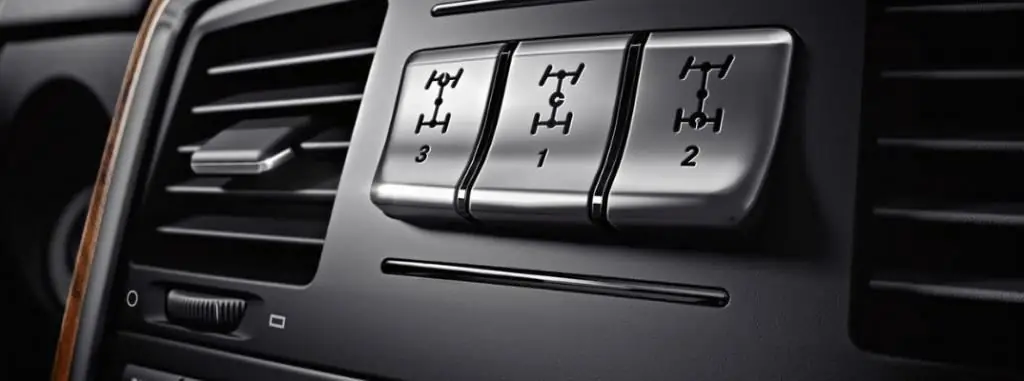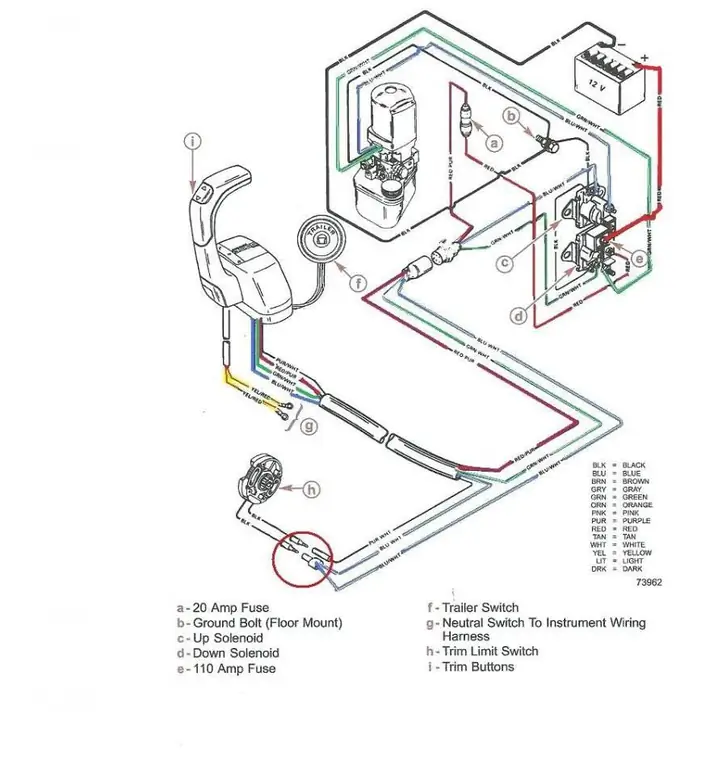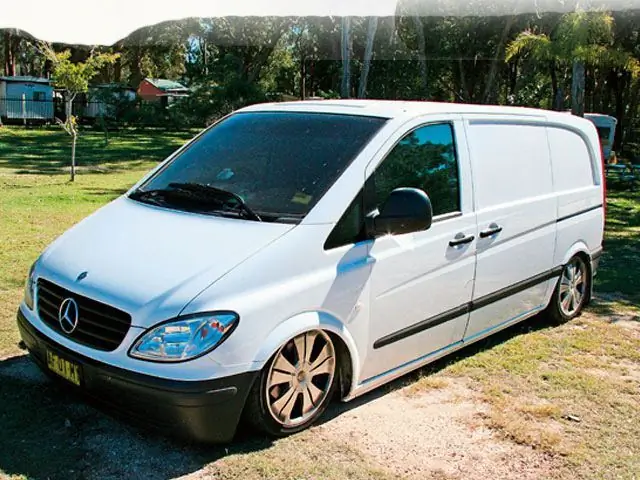2026 Author: Erin Ralphs | [email protected]. Last modified: 2025-01-22 21:14:12
Hydropneumatic suspension is an automotive unit, which consists of elastic elements interacting with each other through hydraulic and pneumatic forces. A modern system of this design is known under the name Hydractive. The third generation provides automatic performance adjustment, which makes the node active, depending on the road and other traffic conditions. Consider the features and characteristics of this block.

History of Creation
Citroen's hydropneumatic suspension first appeared in 1954. It was on this brand of car that a more modern, compared to analogues, system was tested. Over the past period, the designers have been actively modifying this node, making fundamental changes to it.
In modern times, the third generation of this type of active suspension is used. The design allows minimizing the impact of the human factor. A similar system is also used under license by Rolls-Royce and Mercedes.
Dignity
The main advantage of the hydropneumatic suspension is smooth operation and minim altransmission of impact to the car body. In addition, it is possible to adjust the ride height. The latest generation of the system in question is able to adapt to the driving style. High efficiency dampens vibrations even when driving fast on rough roads or sharp turns.
Manufacturers who have the official right to release the system in question often combine it with analogues of the MacPherson type. The complexity of the design and the high price determine that this unit is used mainly on expensive cars.
For example, the Citroen C5 hydropneumatic suspension aggregates with a multi-link unit in the rear, and is combined with a MacPherson strut in front. This combination makes it cheaper and easier to maintain. The main development of the node goes in two directions: expanding the functionality and increasing the reliability indicator.

Device
The latest generation hydropneumatic suspension consists of the following elements:
- front suspension struts;
- hydropneumatic cylinders on the rear axle;
- hydraulic and electronic unit;
- fluid reservoir.
Each part does its job, but in some cases there may still be a hydraulic power steering circuit.
The combined hydro-electronic unit (HEB) ensures stable pressure in the system and liquid level. Accessories include:
- electric motor;
- pump;
- piston;
- electronic control;
- shutoff and safety valve.
The container with liquid is placed above the BBB. The front strut combines hydropneumatics and a cylinder, and between them there is a damping valve, which is responsible for reducing the vibrations of the car body.
Working element and cylinder
The hydropneumatic suspension is equipped with a metal sphere containing a multilayer membrane. Above it, the space is filled with liquefied nitrogen, and in the lower part there is a special liquid. Therefore, the liquid gives pressure, and the gas serves as the main elastic element.

The latest modification of the assembly in question is equipped with one elastic part for each wheel and a pair of spheres on the vehicle axle. Additional elastic elements significantly increase the range of stiffness adjustment, and the gray spheres used in the system have a working life of at least 200 thousand kilometers.
The hydraulic cylinder is used to accumulate fluid intended for elastic elements. In addition, it performs the function of a body height regulator relative to the track. The part consists of a rod, a piston connected to a suspension arm. The front and rear cylinders are identical in design, however the rear units are placed at an angle.
Stiffness regulator
This item is designed to change the stiffness of the suspension. The regulator consists of a shock-absorbing and electromagnetic valve, a spool and an additionalspheres. To achieve ultimate softness, the unit allows you to pump the maximum internal volume of gas. This will de-energize the solenoid valve.
When the solenoid valve is activated, the hydropneumatic suspension goes into hard mode. In this case, the rear cylinders, additional spheres and racks are isolated from each other.
The input additional devices of the system include sensors, mode switches. The Hydractive 3 type unit has body height and steering angle sensors. Another indicator monitors the speed and rotation of the steering wheel. The mode switch forcibly sets the height of the car and the stiffness of the suspension.

Electronic control box
ECU serves to receive and process signals from input devices. It then sends a signal to the suspension devices. The electronic control unit usually functions in tandem with the engine control system and anti-lock brakes.
Citroen hydropneumatic suspension actuators include an electric pump motor, headlight range control, valves. The electric motor controls the speed of rotation, the pressure in the system and the performance of the pump. The latest generation of the assembly in question uses four solenoid valves, two of which regulate the rear axle, and the remaining pair is the front counterpart. Mostly these elements are placed in liquid level regulators.
How hydropneumatic suspension works
The node in question serves to automatically control the ride height, adjust the stiffness and force a change in these indicators. Clearance adjustment takes into account the speed of movement, driving style and road surface. For example, at speeds over 110 km / h, the ground clearance is automatically reduced by 15 millimeters. On a bad road and low speed (60 km / h or less), this parameter increases by 20 mm. It is worth noting that the height is maintained regardless of the load.

This possibility exists thanks to a special fluid circulating in the system circuit. This makes it possible to maintain a predetermined level of the car body when driving on rough roads.
The hydropneumatic suspension of the “+” category differs in that it provides for automatic stiffness adjustment depending on acceleration when cornering, during heavy braking and driving straight ahead. The control unit takes into account vehicle speed, steering parameters and other aspects that change during driving.
The system automatically controls the stiffness solenoid valve, increasing or decreasing this value. Rigidity can vary on a particular wheel or on all elements. The designers also provided for manual control of the change in clearance.

Repair and maintenance
Hydropneumatic suspension, the device of which is discussed above, is a rather expensive pleasure. Consequently, its repair will also cost a pretty penny. Below are the approximate prices for the repair of certain elements of the system:
- Repair of a hydraulic shock absorber - from two thousand rubles.
- Replacement of the stiffness regulator - from 4, 5 thousand.
- Similar procedure for the anterior sphere - 700 rubles and more.
- The cost of the liquid used in the third generation is at least 600 rubles.
The final cost depends on the configuration of the unit and the year of manufacture of the machine. It is worth noting that the failure of one of the parts often leads to the failure of other elements. As you can see, you will have to spend money on maintenance, but it's worth it.
Citroen C5 hydropneumatic suspension: reviews
As the owners confirm, the main advantage of the Citroen C5 is precisely the presence of the described suspension. And, no matter how competitors criticize it, it allows you to keep the car confidently and smoothly on almost any road surface. The node in question allows you to adjust the clearance from 15 to 20 millimeters in the direction of decreasing or increasing. And this happens automatically.
Among other advantages, users note the smooth ride, ease of dismantling the wheels and the durability of the assembly. Negative features of consumers include the high cost of repairs. In addition, when moving, pits and potholes are practically not noticed, which leads to more intensive wear of the suspension

Conclusion
Hydropneumatic suspension,undoubtedly a breakthrough in the automotive industry. It automatically allows you to adjust a whole range of parameters. Apparently, it was not in vain that such giants of the automotive industry as Rolls-Royce, Maserati and Mercedes acquired a license for its use. However, the first variations were invented by Paul Maje (French designer).
The launch test of the innovative assembly took place on a Citroen Traction Avant in 1954. The company is still successfully using this system, constantly refining and updating it. With the development of progress, cardinal improvements are also possible, but so far the third generation of the Hydractive hydropneumatic suspension is considered one of the best in its class.
Recommended:
Center differential lock: what it is, how it works

Off-road cars are equipped with a differential. This element is needed to provide the drive wheels with different angular speeds. When turning, the wheels are located on the outer and inner radius. The center differential on the SUV has a lock. Not everyone knows what it is - a locking center differential. Let's see what it is, why and how to use it
Alpha moped wiring: how it works and what it connects to

It is the wiring that has a lot of breakdown options and makes the owners of Chinese mopeds spend a lot of nerves trying to fix it. As a result, the wiring of the Alpha moped very soon begins to look like a bird's nest, and one cannot do without a diagram. How to deal with tangled wires?
Air suspension kit for "Vito": reviews, description, specifications, installation. Air suspension on the Mercedes-Benz Vito

Mercedes Vito is a very popular minivan in Russia. This car is in demand due to powerful and reliable engines, as well as a comfortable suspension. By default, the Vito is equipped with coil springs front and rear. As an option, the manufacturer could equip the minivan with an air suspension. But there are very few such modifications in Russia. Most of them already have suspension problems. But what if you want to get a minivan on pneuma, which originally came with clamps?
Air suspension: principle of operation, device, pros and cons, owner reviews. Air suspension kit for car

The article is about air suspension. The device of such systems, types, principle of operation, pros and cons, reviews, etc. are considered
Suspension "Passat B5": the main elements, features of the multi-link suspension. Volkswagen Passat B5

Volkswagen Passat B5 is good for everyone: beautiful appearance, comfortable interior. line of powerful engines. But every car has weaknesses. Suspension "Passat B5" raises questions and controversy. On the forums, she was dubbed "revenge." We will analyze the device, advantages and disadvantages, repair options, advice from operating experts

